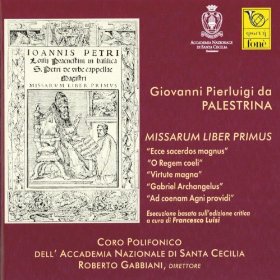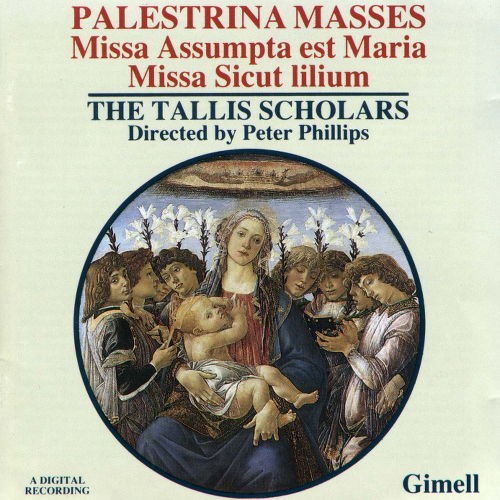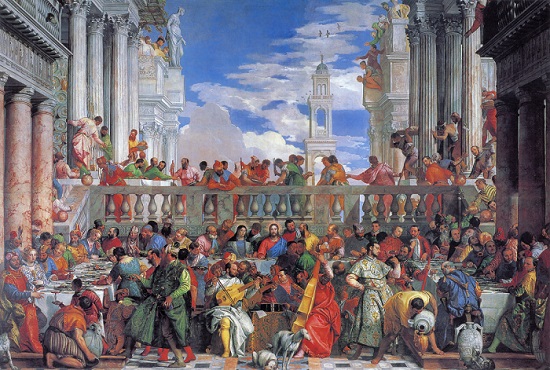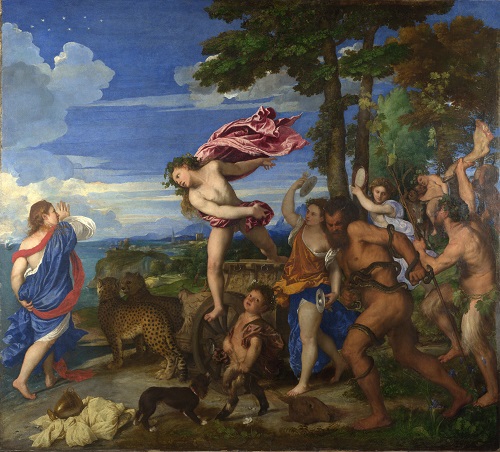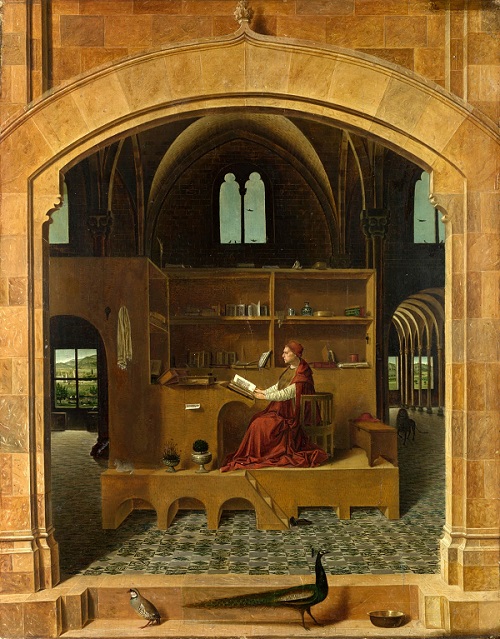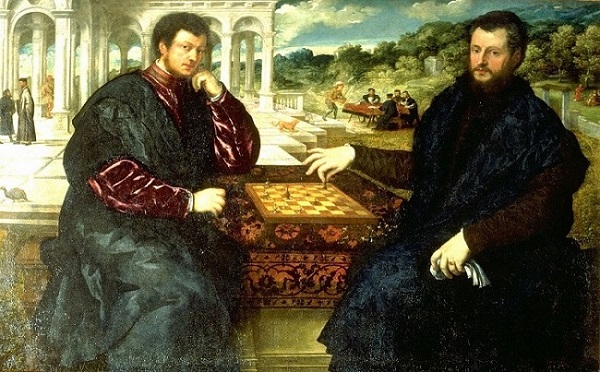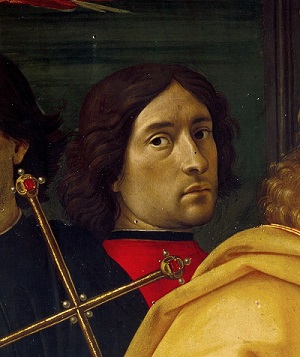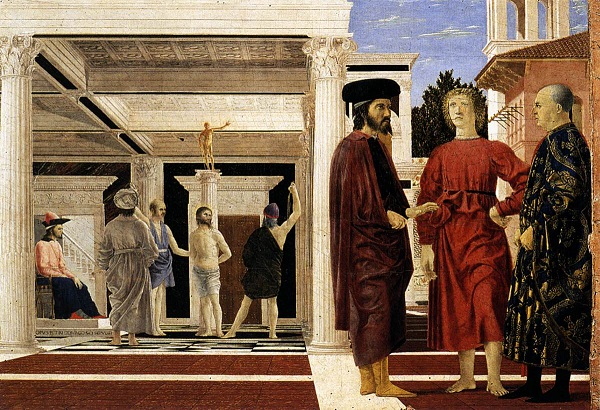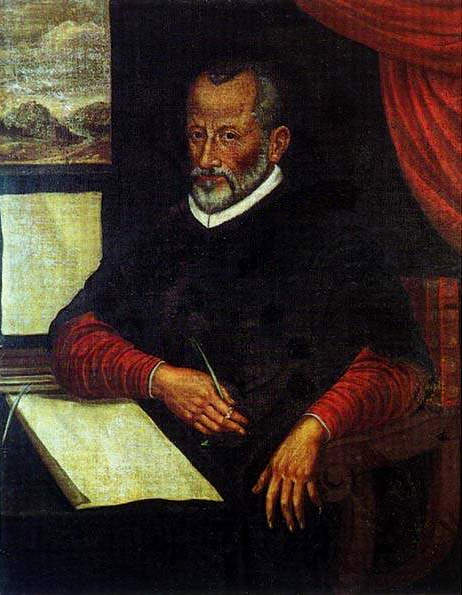
Giovanni Pierluigi da Palestrina is recognised as the greatest master of Roman Catholic church music. His name was originally Giovanni Pierluigi – Palestrina, the name by which he became known, is a small town near Rome where he was born.
He began his musical training ay the age of seven and like many other composers, he was a choirboy in the local cathedral. Going to Rome, still as a member of a choir, he continued his study of music and in 1544, he returned to his home town as organist and choirmaster of the cathedral. When the bishop of the cathedral became Pope Julius III, he brought Palestrina to Rome as choirmaster of the Cappella Giulia.
Palestrina’s first book of masses, printed in 1554, was dedicated to the pope, and the pope in turn rewarded him by making him a member of the Sistine Choir in the Vatican. This, with the fact that he was not a priest, was reason enough for the next pope to remove him from his post, ostensibly because he was married.
He served as music director of several churches in Rome and for a while was in charge of music at the Roman Seminary. From 1561 – 1566 he worked at Santa Maria Maggiore, after which he enjoyed, until 1571, the patronage of the wealthy Cardinal Ippolito II d’Este. When offered posts at several courts of music, he demanded such a high salary that he was not hired. In 1571 he returned to the Cappella Giulia and stayed there for the rest of his life. He had intended to return to Palestrina, but this ambition was never fulfilled.
After members of his close family died in the outbreaks of influenza in the early 1570s, and the death of his first wife Lucrezia in 1580, he considered pursuing a celibate life, but the following year he married a fur merchant, Virginia Dormoli. This carriage ensured him a steady income and Palestrina helped Virginia’s business to flourish. Becoming a wealthy man, he was able to publish 16 collections of his work.
He wrote 104 masses, in excess of 300 motets and more than 100 hymns and offertories, as well as 61 madrigals. He was not an experimenter, rather being content to compose in a style which seemed to sum up all that was good in music. For over four centuries now, Palestrina’s music has been sung in church services and in concerts. His complete works were published in Germany in 33 volumes and his work is recorded by such illustrious and sublime singers as the Tallis Scholars.
Some of his his key works are Missa “L’Homme Arme””, Missa “Papae Marcelli”, the glorious Missa Brevis, and the beautiful Missa “Bendictus Es” the concluding Agnus Dei profoundly gentle and lyrical.
If you have never listened to his work, do yourself a huge favour – you will be transported!
